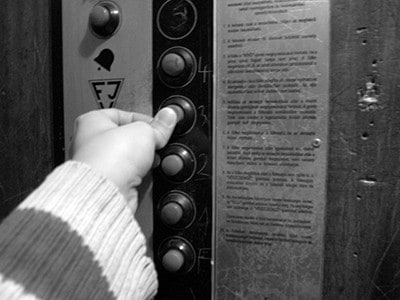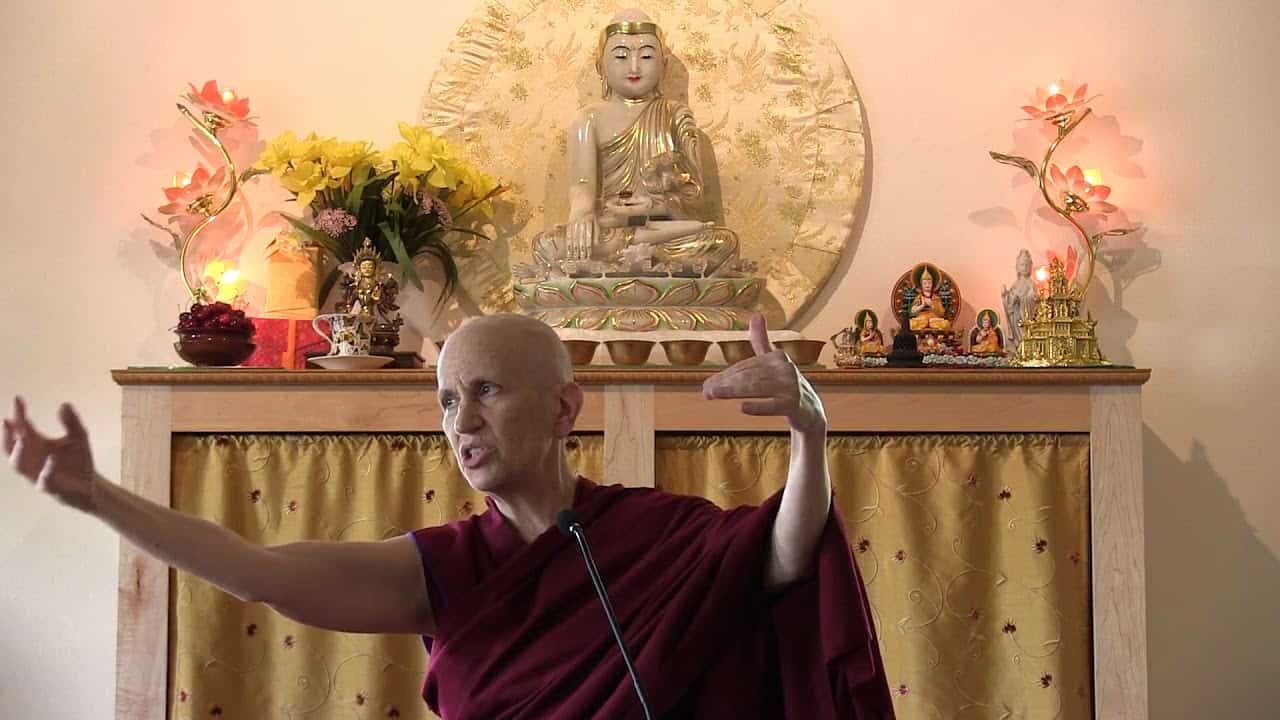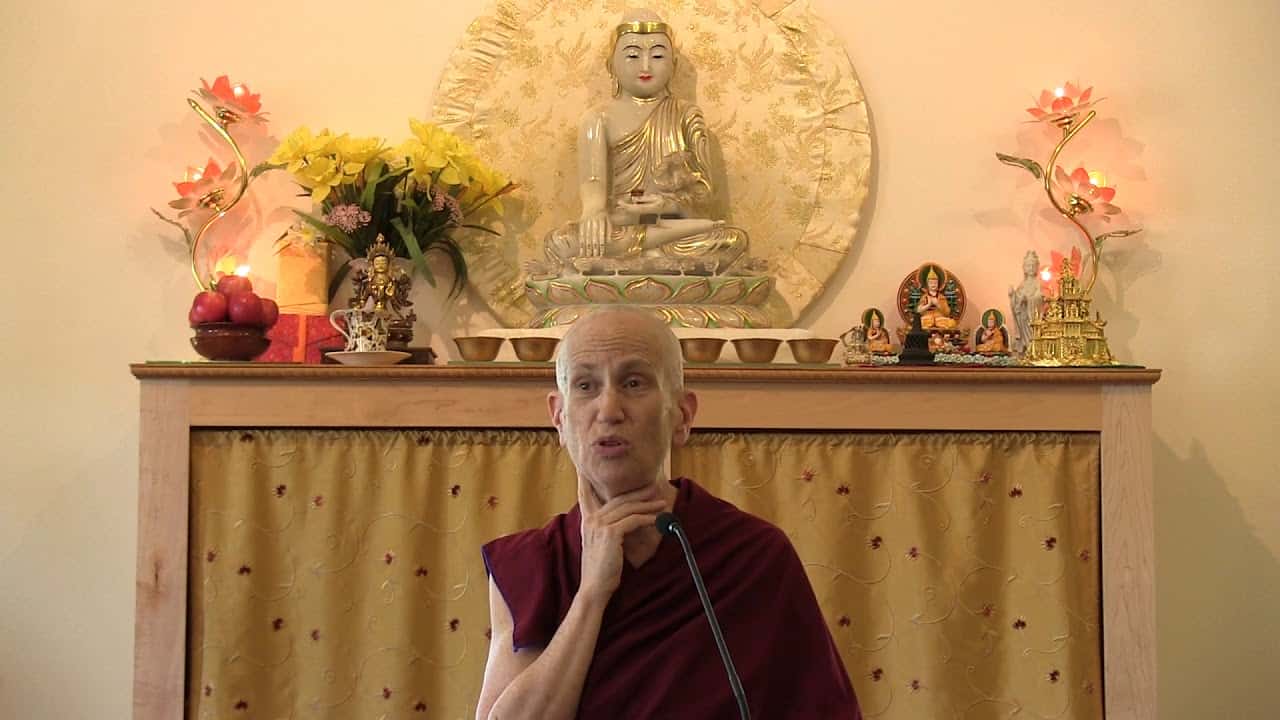Getting rid of my buttons

I once heard one of the senior monastics say it was our teacher’s job to push our buttons, and it was our job to dismantle them. So, I began to think a lot about buttons. What are they? Are they big and round like the ones we sew on clothes? Are they clip-on buttons? Are they like computer buttons with long cords and wires? What are these buttons my teacher and others keep on pushing?
I started by trying to pinpoint their location. I asked myself: are these buttons in my body? Nope. I could not see any buttons on or inside my body. So, by default, they have to be in the mind. Since the mind is not a tangible thing, it follows that anything in it must also be intangible. But, how can these buttons exist in my mind?
From my experience, these buttons feel like a soft spot, a vulnerable area that, when confronted, is painful and sore and gives rise to a reaction. They remind me of a flesh wound, a scrape, a cut or rash on the body that is very sensitive to touch—even the slightest contact generates a painful sensation and immediate aversion or a “move away” type of reaction.
The second question was: what in the mind can give rise to pain and aversion? The only things I could think of that create such a condition in the mind are thoughts, in this case wrong thoughts—wrong conceptions, invalid syllogisms.
So, I tested this notion. Invariably, when I looked closely, I discovered that my buttons are in fact ideas or thoughts that are not based on reality; they are invalid syllogisms. For example, I felt angry whenever a certain person told me what to do—this was a button for me. When I looked at the source of my reaction—the underlying syllogism—I discovered the following: “I don’t need to be told what to do because I am older and more experienced than the person who is telling me what to do.” Does this reasoning hold?
For starters, there are plenty of younger people who are more experienced and knowledgeable than I am in many different areas, such as cooking, sports, math, computers, etc. And even if the person is not in fact more experienced than I am, s/he may be aware of something that needs to be done at that moment that I can help with. Therefore, as we say in debate class, there is no pervasion.
Because the logic behind this thought is faulty, the dissonance with reality creates a vulnerability in my thinking that triggers a reaction when challenged. Eureka! That is the button.
To dismantle these buttons then, I have to identify and replace invalid thinking with correct syllogisms. A correct syllogism I could use in this case could be: “I like it when others ask for my help because I value teamwork.” If I subscribe to this way of thinking, when someone, regardless of age, tells me what to do, I am less likely to experience aversion or anger.
As a result of this exercise, I am paying more attention when my buttons are pushed so I can identify my own faulty logic and correct it. Basically, I am changing my thoughts, one button at a time.
Venerable Thubten Nyima
Ven. Thubten Nyima was born in Colombia and has lived in the United States for over 35 years. She became interested in Buddhism in 2001 after meeting a tour of monks from the Ganden Shartse Monastery. In 2009 she took refuge with Ven. Chodron and became a regular participant in the Exploring Monastic Life retreat. Ven. Nyima moved to the Abbey from California, in April of 2016, and took Anagarika precepts shortly thereafter. She received sramanerika and shiksamana ordination in March 2017. Ven. Nyima has a B.S. degree in Business Administration/Marketing from California State University, Sacramento and a Masters degree in Health Administration from the University of Southern California. Her career spans both private and public sectors, including 14 years of management-level work for Sacramento County’s Child Protective Services. She has a young adult daughter who lives in California. Ven. Nyima contributes to Sravasti Abbey’s administrative functions by thanking donors, helping with community planning meetings and facilitating SAFE courses. She also works on the vegetable garden and enjoys working in the forest when needed.


